(cuts to Yves in his kitchen)
Yves: Bonjour, bonjour little animals out there! Today, in honor of our birthday guest, we’ll make a cake for a tapir. Along with strawberry cake mix, we’re also gonna add grass, a water hyacinth, leaves, and soft twigs. (puts the foliage in the bowl of cake mix). Next, we add water (puts water in the bowl) and bake for twenty minutes. I promise that I’ll get the cake out at the end of the show!
(cuts back to Stinky and Jake)
Jake: And now, all the way from South America and Southeast Asia…
Stinky: Asia.
Jake: Please welcome Ollie the tapir!
Armstrong: Quiet. She’s coming. Everyone hide!
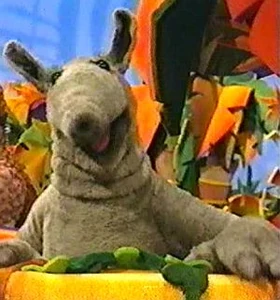
Ollie: Hi, everyone! Where is every-
Jake, Stinky, Armstrong, and Bunnie: Surprise!
Stinky: Welcome back, Ollie!
Ollie: Oh, Stinky! Jake! Armstrong! (hugs the characters one by one) I missed all of you so much! Who’s this new face?
Jake: This is my cousin Bunnie. She’s a California golden bear!
Ollie: But isn’t that species of bear extinct?
Bunnie: Shh! Humans could be watching.
Ollie: Since I’m the guest star, can I show you clips of my family!
Stinky: We’d love to!
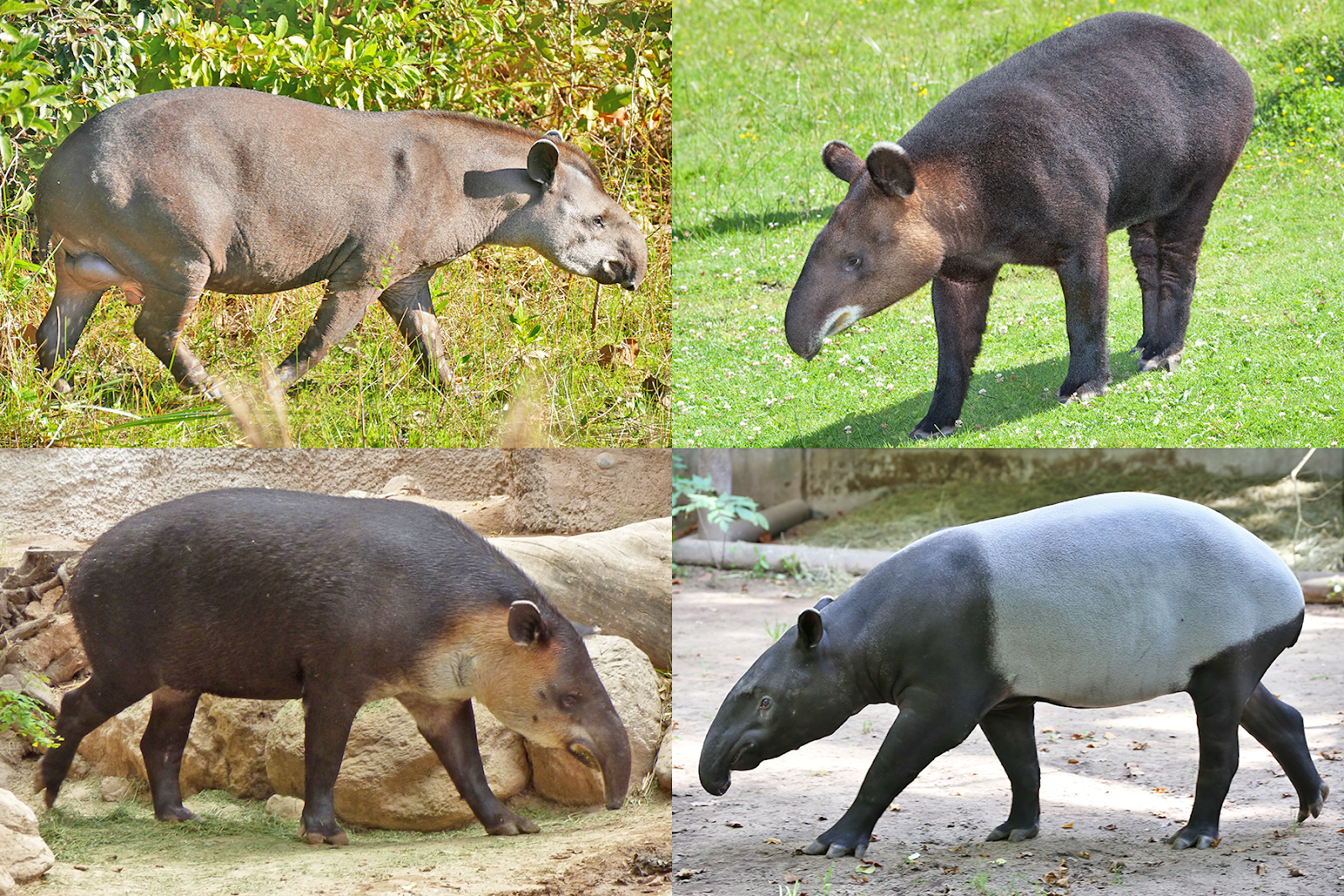
Ollie: Today, there are four different species of tapir. I’m a South American tapir, which looks like this.

Jake: You sure love the water.
Ollie: We tapirs love to swim! Just like elephants, we use our proboscises as a snorkel!
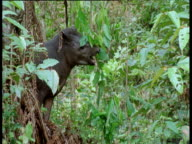
Stinky: It looks like you use it to grab things, too!
Ollie: Of course, Stinky. Our proboscises are prehensile, which means we use them to grab things like a finger.
Jake: Can you tell us one more cool fact about tapirs?
Ollie: Okay. We tapirs have been around for so long that humans have nicknamed us living fossils!
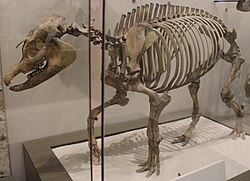
Stinky: Does that mean you’re super old?
Jake: Stinky!
Ollie: That’s okay, Jake. Tapirs, as a species, have been around for at least a million years. However, three of the four main tapir species are Endangered because of habitat loss.
Stinky: You mean humans have been taking your land again?
Ollie: Yes.
Stinky: Well, this looks like a job for (runs off to switch clothes) Super Skunk, dedicated to helping Endangered species! Where do tapirs live again?
Jake: South America and Southeast Asia.
Stinky: If that’s the case, I’ll use the Habitat Door to get there. It’s quicker. (runs off to the Habitat Door)
Jake: Looks like story time will be delayed today.
Ollie: Don’t worry, Jake! I’ll be your audience today!
(cuts to Bunnie and Armstrong)
Bunnie: And now it’s time for the Animal Awards! Today, the Award for Slowest Vertebrate.
Armstrong: What’s a vertebrate?
Bunnie: Any animal with a backbone. Me, you, Stinky, Jake, and many guest animals are all vertebrates! Anyway, could today’s winner be… the three-toed sloth?

Armstrong: The manatee?
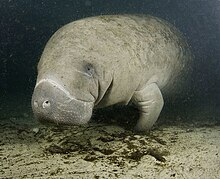
Bunnie: The giant tortoise?
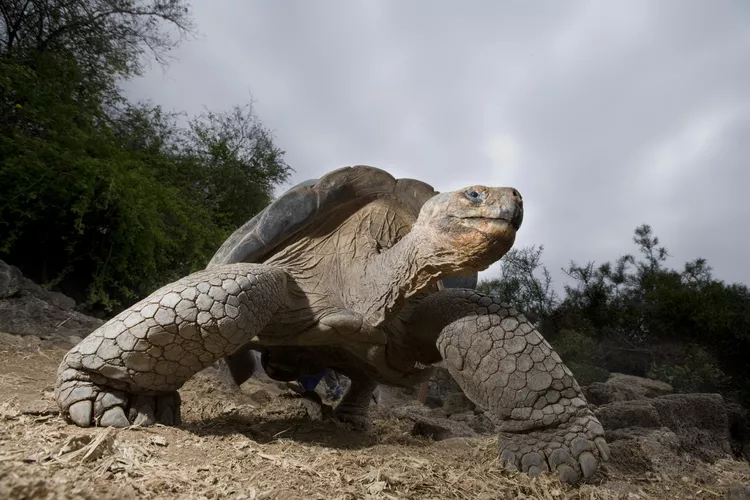
Armstrong: Or the slow loris?
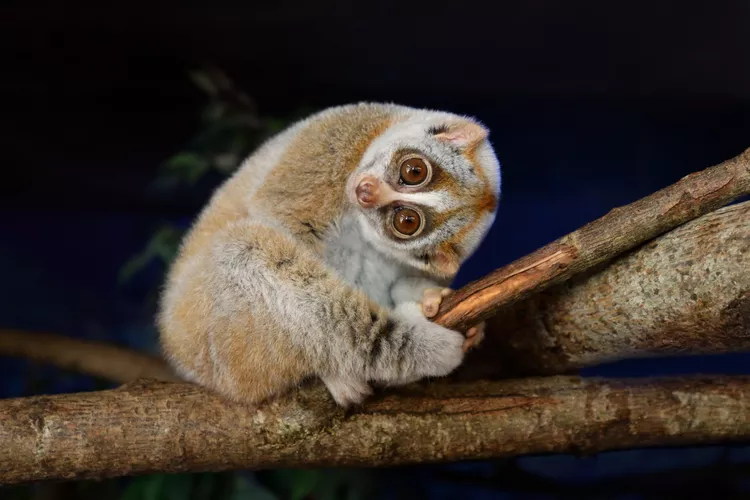
Bunnie: And the winner is… the three-toed sloth, which only moves up to one foot per minute!
Armstrong: You mean it only moves its feet every other minute?
Bunnie: No, that means it only moves twelve inches a minute.
Armstrong: Wow, that’s slow!
(cuts back to Ollie and Jake)
Jake: Since you’re the guest, Ollie, perhaps you’d like to pick the story?
Ollie: I’d be honored to, Jake! (flips through the book) How about Kutengwa the Lonely Okapi?
Jake: Sure! “Once upon a time, there was an okapi in Central Africa named Kutengwa. That is Swahili for reclusive, meaning he preferred to live alone. One day, the other animals were worried about Kutengwa’s solitary life, so they decided to find him other animals for him to be friends with. ‘He has hooves and stripes.’ Said a starling. ‘I’ll go find a herd of zebras.’ ‘He has a long tongue.’ Said a monitor lizard. ‘I’ll go get him a chameleon. ‘He eats leaves.’ Said a monkey. ‘I’ll go find him an elephant.’ When the starling got back with the zebras, they panicked upon seeing Kutengwa, believing he’s a half striped zebra, so they stampeded away. When the monitor got back with a chameleon, the lizard just scoffed and climbed a nearby tree. When the monkey came back with the elephant, he said ‘Hey, this isn’t a circus! You lied to me!’ And the elephant walked off, which made Kutengwa’s friends sad. ‘You know, I don’t need all these other animals to be happy. I’m content being alone. But if you want, you can visit me once a day.’ The starling, monitor, and monkey apologized for what they did, and they decided to give Kutengwa a hug. The end.”
Ollie: That was a fantastic story, Jake!
Jake: Thank you! I wish Stinky were here, though.
(cut to Armstrong and Bunnie in front of the habitat door)
Bunnie: Okay, Armstrong. It’s Habitat Time, and today, we’re going to… (the habitat door opens to reveal Super Skunk come out)
Stinky: I gave those humans a mind or two! I sprayed ten who were trying to cut down a hundred trees! (runs off to find Jake)
Armstrong: So, where are we going today?
Bunnie: We’re going to the rainforests of Columbia, which I’ve been told are beautiful! (opens the door) C’mon, let’s go!
Armstrong: Let me get my umbrella, first.
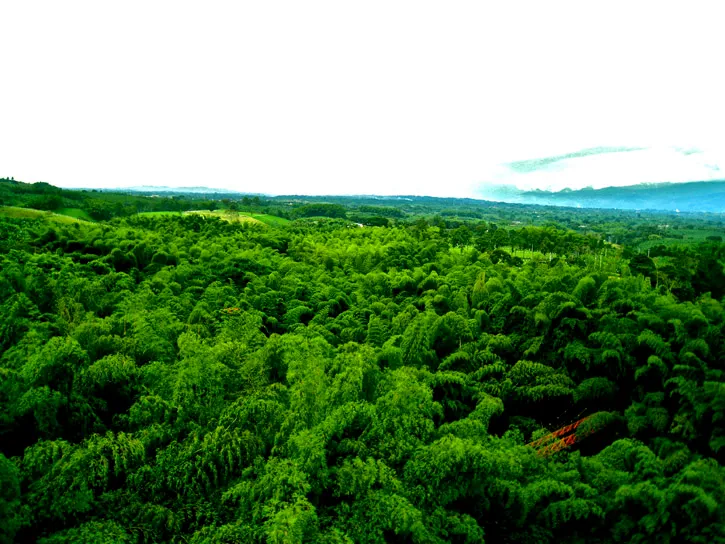
This is the Choco rainforest, which happens to be the rainiest rainforest in the world!
Armstrong: How much rain?
Bunnie: About 26 feet each year!
Armstrong: Good thing I brought an umbrella.
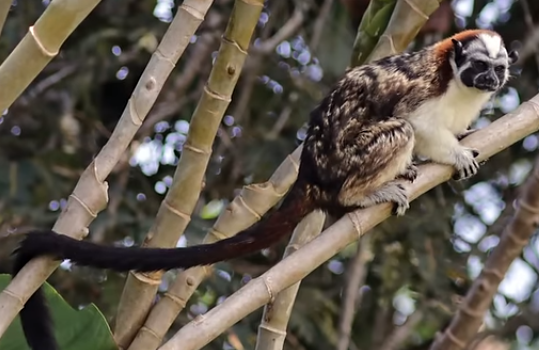
Armstrong: We can’t have a jungle without monkeys.
Bunnie: This is a Geoffrey’s tamarin, which is native to Columbia and Panama.
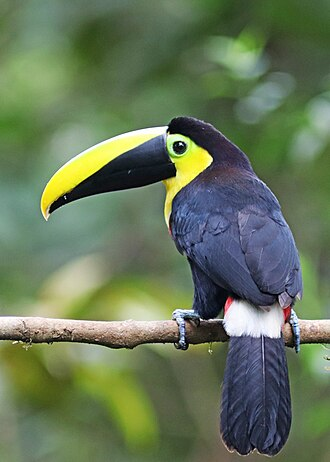
Armstrong: I know what that is- a toucan!
Bunnie: You’re right, Armstrong! This is a Choco toucan, who we actually plan on having as a guest later this season!
Armstrong: Really?
Bunnie: No. It’s a Toco toucan.
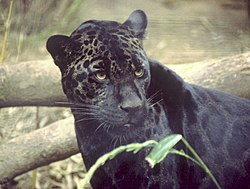
Armstrong: That’s a panther!
Bunnie: Sorry Armstrong, but there’s no such thing as a panther. The actual term is either black leopard or black jaguar. They are just leopards and jaguars with black fur.
Armstrong: You mean a black jaguar could have siblings who have spots?
Bunnie: Exactly!
Armstrong: Why couldn't we use that for That’s Amazing?
Bunnie: You never asked.
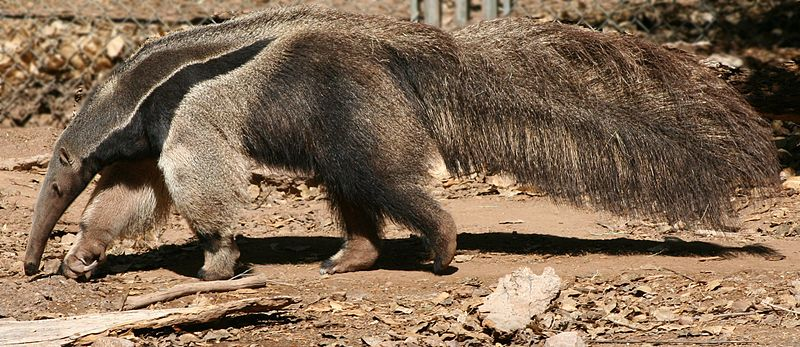
Armstrong: That looks like Dullard, our cameraman!
Bunnie: Dullard is an aardvark, Armstrong. That’s a giant anteater, which is actually more related to armadillos and sloths!
Armstrong: And what are aardvarks related to?
Bunnie: Elephants, manatees, and hyraxes!
Armstrong: Nature is bonkers, sometimes.

Hey, that looks like Carlos!
Bunnie: That’s because it is Carlos! Kinkajous live in rainforests throughout South America, and even though they look like monkeys, they’re actually related to raccoons!
Armstrong: We’ve seen our five animals for the day. Can we go home now?
Bunnie: Party pooper.
(Bunnie and Armstrong leave the Choco Rainforest and return to the Animal Show studio)
Bunnie: For Habitat Time, this is Bunnie Bear.
Armstrong: And Armstrong the Chickenhawk.
Bunnie: Just back from the Choco Rainforest.
(Tizzy flies around Stinky and Jake again)
Tizzy: Quiz time!
Jake: And what’s the quiz this time?
Tizzy: Well, here it is! (cuts to the screen below)
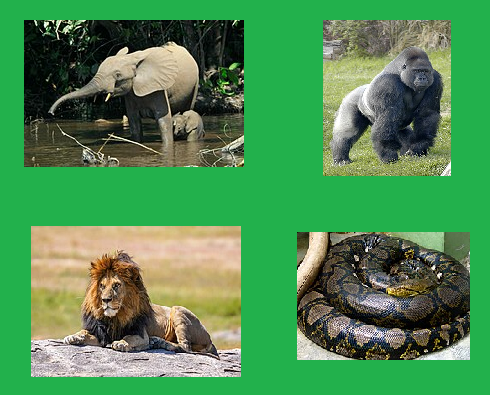
Which of these animals DOES NOT live in the jungle? The elephant, the gorilla, the lion, or the python? Give it a think. Back in a buzz!
(Cuts to Stinky and Jake trying to answer the question)
Stinky: Trick question. They all live in the jungle!
Tizzy: Sorry, but that’s incorrect. (flies back to the previous screen) Which of these animals doesn’t live in the jungle? The answer is the lion. Even though they’re called ‘Kings of the Jungle’, lions don’t live in the jungle. They live in the Savannah. Bee-lieve it, because it’s true!
Jake: Thanks for the quiz, Tizzy! Well, that’s all we have for today, and until next time… (Yves arrives with Ollie’s cake)
Yves: Here’s the cake! Bon appetit! (Stinky takes a bite, and he loves it)
Stinky: I love it, though it could use some meat.
Ollie: Let me try, Stinky. (takes a bite out of the cake, and she loves it) This is perfect!
Bunnie: Let me try! (takes a bite) Tastes great! Is that strawberry?
Yves: Oui!
Jake: Anyway, keep the world through the eyes of animals!
Author's Notes: The kinkajou babies are from a video from YouTuber Landon Scherr. Their names are Lilo and Stitch!
https://www.youtube.com/watch?v=NU7Sc0zFLs4
During the first season of The Animal Show, Armstrong was aided by a tapir named Ollie. However, when her puppeteer Karen Prell left the show, she was replaced with Bunnie Bear.
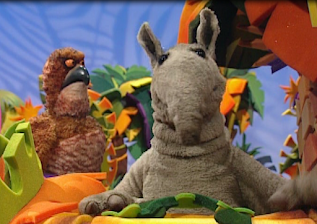 During Season 3 of The Animal Show, Tizzy was phased out and replaced with Rhonda Rat, who'd ask backstage animals a question regarding or relating to the showcased animal. She'd be aided by her aardvark cameraman Dullard.
During Season 3 of The Animal Show, Tizzy was phased out and replaced with Rhonda Rat, who'd ask backstage animals a question regarding or relating to the showcased animal. She'd be aided by her aardvark cameraman Dullard.
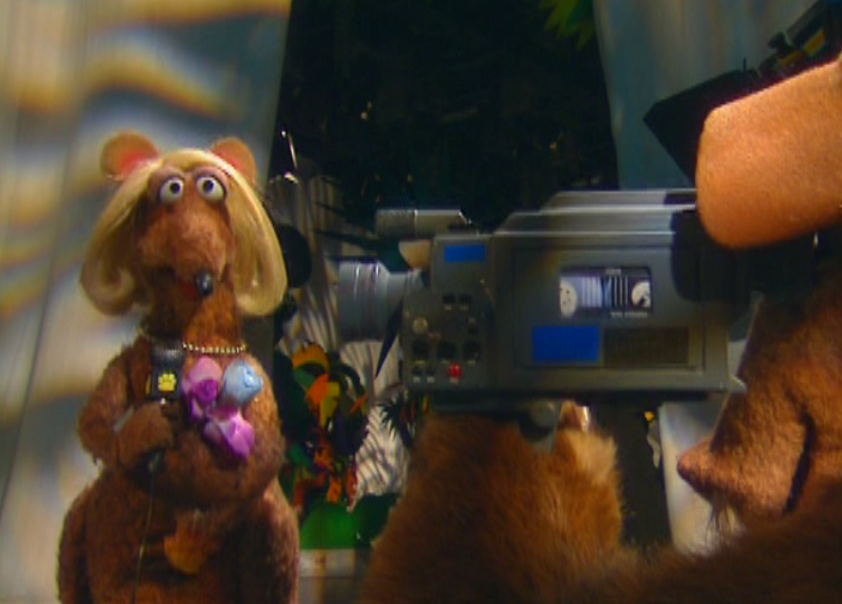 |
| Dullard is the one holding a camera. |
Stinky and Jake are gonna take a break until October, but in the meantime, I will review Mary Poppins Returns and Elio this June, Under the Boardwalk in July, The Bad Guys 2 in August, and Black Beauty in September!